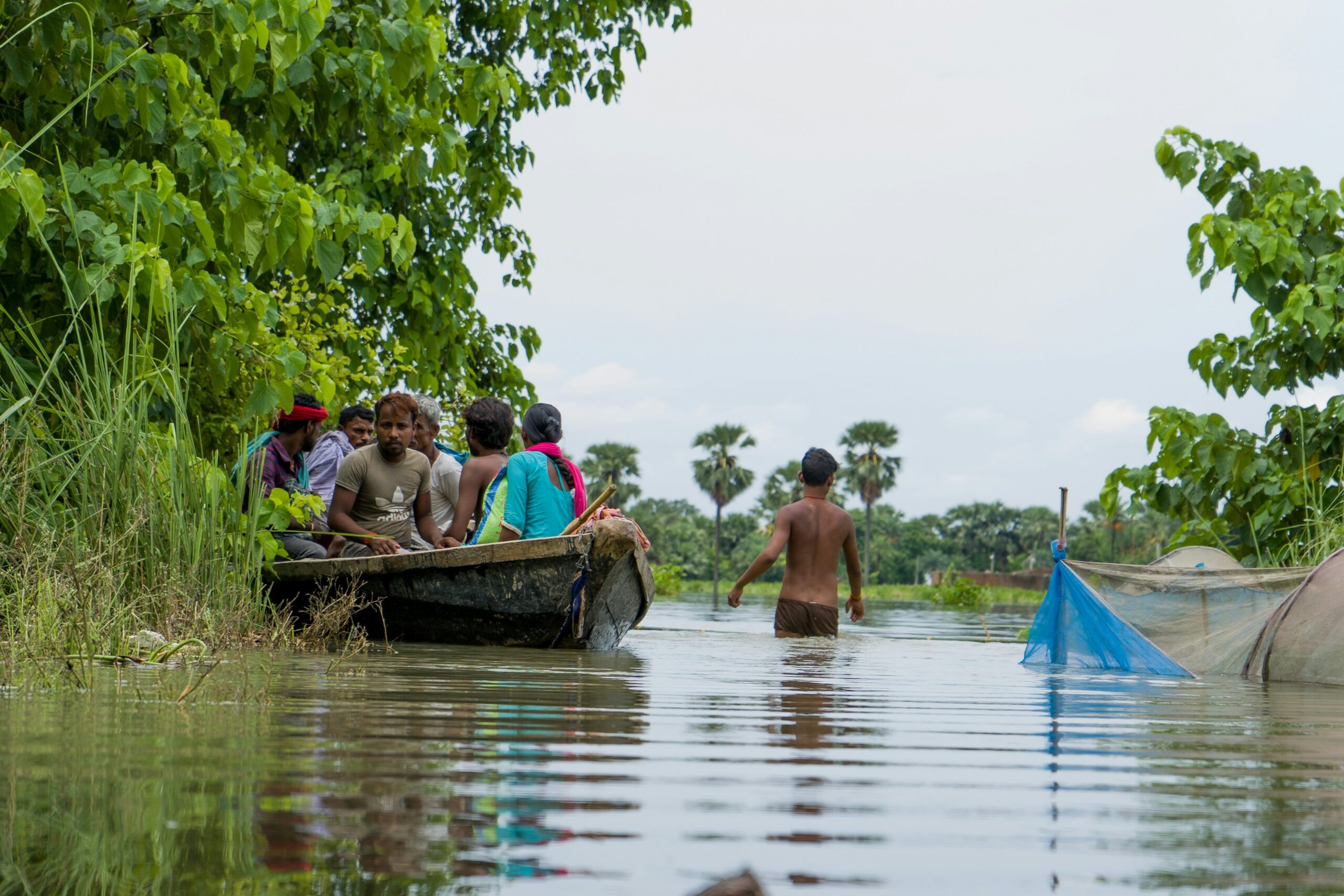Connecting Climate Minds, 2024

In recent years, Pakistan has experienced both extreme heat and massive floods, with the risks projected to increase with the ongoing climate change1. Particularly in rural Pakistan (where around 62% of the population resides2), the effects of these climate-related events are compounded by extreme poverty, precarious subsistence agriculture, and other vulnerabilities3. In 2022, Pakistan faced catastrophic flooding which affected around 33 million and displaced about 10 million people, primarily from high-poverty rural areas4,5. Sindh (Pakistan’s southern province) experienced an astounding 726% increase in rainfall – an effect attributable to climate change6. District Badin in Sindh (population of about 1.9 million7) was heavily impacted and has remained in the grip of natural disasters in one form or another. Cyclones, heavy rains, droughts, and floods have followed each other with short intervals8. Due to the geographical location and having an ineffective drainage and irrigation system, the 2022 rainfall caused overflow of floodwater from 50% of Sindh into this single District. Sindh Government reported displacement of about 52,000 people in Badin, with agricultural losses totalling 80% in the district



